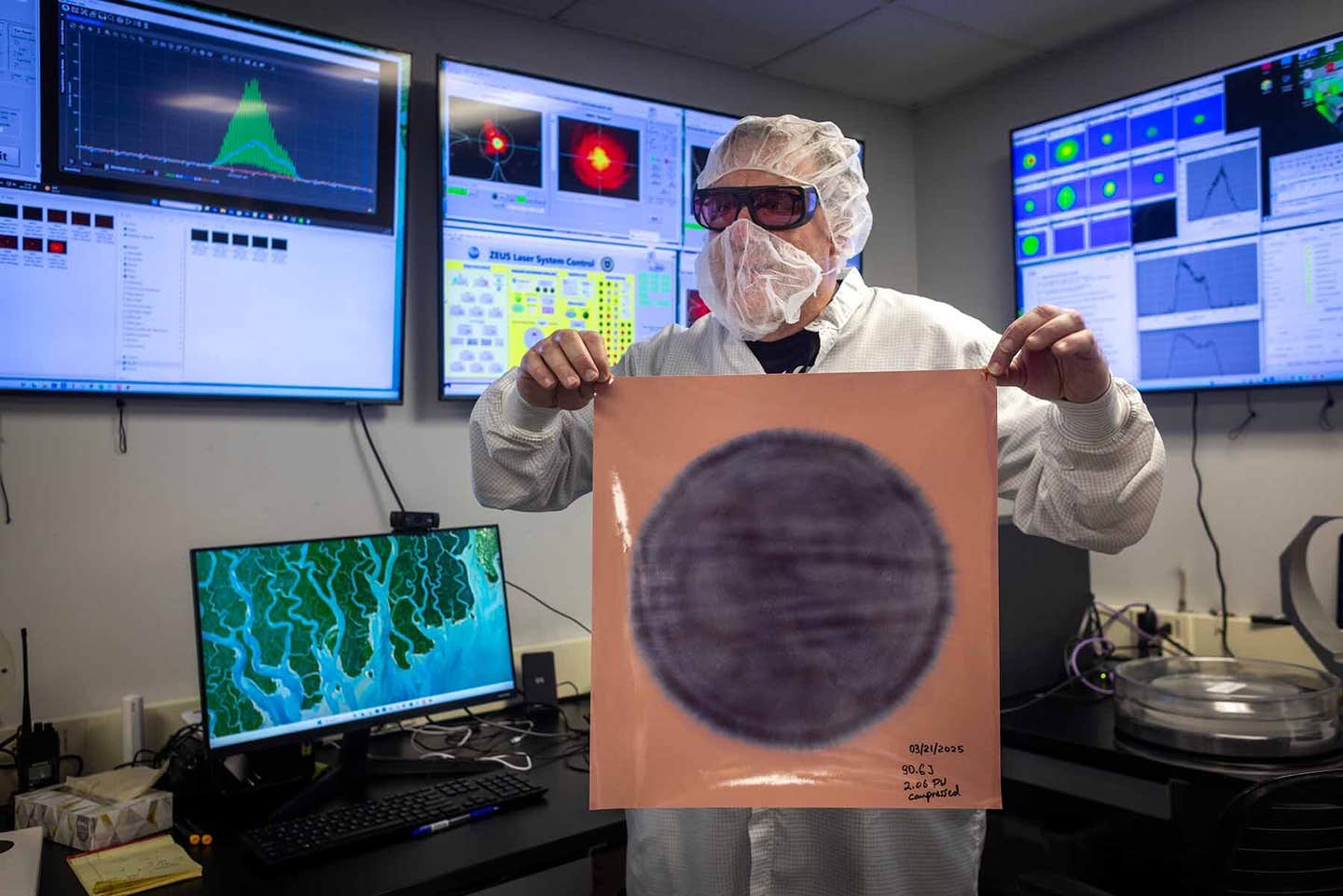Alzheimer’s disease can be identified before symptoms emerge, study finds
A large study in Sweden has shown that people with Alzheimer’s disease can now be identified before they experience any symptoms.

[Dec 12, 2022: Lotte Billing, Lund University]
It is now also possible to predict who will deteriorate from Alzheimers within the next few years.. (CREDIT: Rad Cyrus)
A large study led by Lund University in Sweden has shown that people with Alzheimer's disease can now be identified before they experience any symptoms. It is now also possible to predict who will deteriorate within the next few years. The study is published in Nature Medicine, and is very timely in light of the recent development of new drugs for Alzheimer's disease.
It has long been known that there are two proteins linked to Alzheimer’s – beta-amyloid, which forms plaques in the brain, and tau, which at a later stage accumulates inside brain cells. Elevated levels of these proteins in combination with cognitive impairment have previously formed the basis for diagnosing Alzheimer's.
“Changes occur in the brain between ten and twenty years before the patient experiences any clear symptoms, and it is only when tau begins to spread that the nerve cells die and the person in question experiences the first cognitive problems. This is why Alzheimer's is so difficult to diagnose in its early stages”, explains Oskar Hansson, senior physician in neurology at Skåne University Hospital and professor at Lund University.
He has now led a large international research study that was carried out with 1,325 participants from Sweden, the US, the Netherlands and Australia. The participants did not have any cognitive impairment at the beginning of the study.
Related Stories
By using PET scans, the presence of tau and amyloid in the participants' brains could be visualized. The people in whom the two proteins were discovered were found to be at a 20-40 times higher risk of developing the disease at follow-up a few years later, compared to the participants who had no biological changes.
“When both beta-amyloid and tau are present in the brain, it can no longer be considered a risk factor, but rather a diagnosis. A pathologist who examines samples from a brain like this, would immediately diagnose the patient with Alzheimer's”, says Rik Ossenkoppele, who is the first author of the study and is a senior researcher at Lund University and Amsterdam University Medical Center.
He explains that Alzheimer’s researchers belong to two schools of thought – on one hand, those who believe that Alzheimer's disease cannot be diagnosed until cognitive impairment begins. There is also the group that he himself and his colleagues belong to – who say that a diagnosis can be based purely on biology and what you can see in the brain.
Differences in the nomenclature of cognitively unimpaired individuals with (+) or without (−) in vivo biomarker evidence of Aβ (A) and tau (T) pathology in the NIA-AA versus IWG criteria for AD. Note that for the IWG criteria, the presumed ‘risk for progression’ level rises when both A and T biomarkers are positive. (CREDIT: Nature Medicine)
“You can, for example, compare our results to prostate cancer. If you perform a biopsy and find cancer cells, the diagnosis will be cancer, even if the person in question has not yet developed symptoms”, says Rik Ossenkoppele.
Recently, positive results have emerged in clinical trials of a new drug against Alzheimer's, Lecanemab, which has been evaluated in Alzheimer's patients. Based on this, the study from Lund University is particularly interesting, say the researchers:
Oskar Hansson (CREDIT: Kennet Ruona)
“If we can diagnose the disease before cognitive challenges appear, we may eventually be able to use the drug to slow down the disease at a very early stage. In combination with physical activity and good nutrition, one would then have a greater chance of preventing or slowing future cognitive impairment.
However, more research is needed before treatment can be recommended for people who have not yet developed memory loss”, concludes Oskar Hansson.
Note: Materials provided above by Lund University. Content may be edited for style and length.
Like these kind of feel good stories? Get the Brighter Side of News' newsletter.
Joseph Shavit
Head Science News Writer | Communicating Innovation & Discovery
Based in Los Angeles, Joseph Shavit is an accomplished science journalist, head science news writer and co-founder at The Brighter Side of News, where he translates cutting-edge discoveries into compelling stories for a broad audience. With a strong background spanning science, business, product management, media leadership, and entrepreneurship, Joseph brings a unique perspective to science communication. His expertise allows him to uncover the intersection of technological advancements and market potential, shedding light on how groundbreaking research evolves into transformative products and industries.



